The route between Bastille and Hôtel de Ville is the first event after the inauguration of the 150th anniversary of the Commune, Butte Montmartre.
The “Paris Commune” began on March 18, 1871. It lasted 72 days and ended with “The Bloody Week” from May 21 to 28 when about 20,000 Communards were killed by the Versaillais.
October 31, 1870: first attempt to establish a Commune. On January 28, 1871, Jules Favre signed an armistice with Bismarck. The agreement provides for the election and then the convening of a national assembly which will have to decide whether it accepts a final peace.
In the 43 departments occupied by the Germans, the French cannot vote. Of the 638 elected deputies, nearly 400 are of monarchist tendency, a little more than 200 belong to the different Republican families and 30 are Bonapartists. In Paris, there are 37 republicans out of a total of 43 deputies. Among the elected Parisians, we find Louis Blanc, Georges Clemenceau, Victor Hugo… There are demonstrations from February 27 to 29, 1871, Place de la Bastille.
The Bastille and the Municipality
The Place de la Bastille is an emblematic place, the starting point of many revolts since 1789. It was the starting point of the revolts of June 1832 and 1848. On February 26, 1871, the battalions sent by the regular army to occupy the place de la Bastille must withdraw following a fraternization with the crowd. At the beginning of March, the National Guard tries to recover the guns of the National Guard stored in Place des Vosges.
On March 18, barricades blocked the entrance to the rue de la Roquette and the Faubourg St Antoine, forcing the government troops to fall back. Some of the soldiers fraternize with the National Guard.
During the 72 days of the commune, the Bastille remains a place of mobilization and gatherings. During the bloody week, the “Federates” locked the square on May 24 by erecting barricades at the entrance to all entrances to the square. From May 25, the battle rages between the troops of the Federates and the “Versaillais”. Place de la Bastille, many buildings collapsed under cannon fire. The Bastille fell on May 26, 1871. The former “Communards” regrouped on May 23, 1880 for the first ascent to the “Mur des Fédérés”.
Women and the Municipality
Direction 17 rue St Antoine, in front of the Protestant temple, where there was a barricade defending the Bastille. It was here that Anne Joseph Théroigne de Méricourt lived in 1789. She was one of the most radical female figures of the time. In particular, she demanded for women the right to vote in societies, clubs and assemblies, and the right to organize themselves into an armed body.
The 4th arrondissement is a hotbed of struggle for women. They represent 33% of the active Parisian population and earn half as much as men. In the workshops, they are very often flouted by their bosses and team leaders early engagement against the Versaillais and in favor of the Commune.
On October 3, 1870, the women set up “Les Amazones de la Seine” to “fly” to the aid of Paris. The journalist, Félix Belly expresses the idea that they would be “excellent avant-garde troops”. “Women are more active, more alert, more courageous. They don’t drink or smoke, which makes them superior,” he thinks. Unfortunately, the idea was not accepted and the women did not take part in the fights.
The management of the workshops abandoned by the employers, refugees in Versailles, fell to the Union of Women for the Defense of Paris and the care of the wounded. “The workshops will be yours, no more operators, no more masters,” the posters read.
The committee decides to abolish the fines on wages. On May 21, 1871, she established equal treatment for male and female teachers by increasing their salaries.
Women participate fully in the implementation of the socialist ideal and submit the draft constitution of union and federal chambers of united workers.
Victor Hugo and the Municipality
The next stop is the Victor Hugo museum, place des Vosges. The author lived there from 1832 to 1848. Victor Hugo spent 19 years in exile in Jersey and Guernsey, following the coup d’état of Napoleon III in December 1851. Back in Paris on September 5, 1870, the day after the proclamation of the Third Republic, the people warmly welcome it. He becomes a member of Parliament but resigns after a month. Although unofficial, everyone is looking for their company. He has great influence. Poets, army officers, politicians flock to his table. Among them are Bainville, Gautier, Louis Blanc, Jules Ferry and Louise Michel (…). While he was forbidden to join the National Guard, he witnessed the end of the siege of Pais who was suffering from severe famine. We eat horses, rats and even animals from the Jardin des Plantes, including the 2 elephants Castor & Pollux.
After the fall of the Commune and the strong repressions, Victor Hugo fights for the amnesty of the Communards. In 1876, he proposed a bill for amnesty, while he was a senator. After much debate, the first partial amnesty law was promulgated on March 3, 1879.
4th district town hall
The route continues towards the Town Hall of the 4th arrondissement via the rue de Rivoli. It is located at Place Baudoyer. The architect Antoine-Nicolas Bailly designed its construction, completed in 1868.
Until July 11, 2020, date of creation of the Paris Center sector, which brings together the first 4 districts, it housed the administrative services. According to a citizens’ vote, the town hall of the 3rd arrondissement becomes the town hall of the sector and that of the 4th, the “House of the climate”.
The people voted overwhelmingly for their representatives. The elect are close to those who elected them, the people. Nearly thirty come from the working class. In addition, there are small shopkeepers, around fifteen employees and 25 intellectuals (journalists, professors, doctors, lawyers, engineers). The same profiles are found in the 4th arrondissement, which is very popular and poor. The people there voted overwhelmingly for the Commune. All the elected members were part of the International Association of Workers. At the end of the Commune, they were deported to New Caledonia or Switzerland.
The Constitution of Union and Federal Chambers of Workers took place there on May 21, 1871.
Opposite the Town Hall is the Lobau Barracks. It was the scene of mass killings during the bloody week from May 21 when no one escaped these executions. Men, women, children, priests, paramedics (…) were shot, often following denunciations. The corpses were then buried at the Tour St Jacques.
Rue François Miron and Church of St Gervais- Saint Protais
The journey continues along rue François Miron, a typical Middle Ages axis that was not too affected by Haussmann works. François Miron was behind the facade of the old Town Hall, which was burnt down during the Commune.
The street leads to Place St Gervais, where the church of St Gervais-St Protais is located. Gothic in style, it is famous for its classical facade incorporating the three orders of Greek architecture: Doric, Ionic and Corinthian. Erected in the 13th century then enlarged and embellished in the 17th. On the forecourt, you can discover an elm tree whose history is closely linked to the neighborhood. This tree is no longer the original one, but the successor of a line of elm that has occupied the center of the square since the Middle Ages
During the Commune, particularly during the Bloody Week “, these places were places of repression in the 4th arrondissement.
The Town Hall and the Municipality
The last stop is the Town Hall. Victim in 1871 of a fire during the “Bloody Week”, it was rebuilt by Ballu and Deperthes with an identical “Renaissance” style facade.
In 1871, the headquarters of the Municipal Council of Paris, called “Council of Communes”, was at the Town Hall.
On May 24, 1871, the Communards burned down the Town Hall. The contents of its historical library and the civil status of Parisians go up in smoke. This is also the case for other Parisian buildings, such as the Palais de Justice, the Palais des Tuileries and the Gare de Lyon.
In 1873, the municipal council, taking refuge in the Luxembourg Palace, launched an architectural competition for the reconstruction of the Town Hall. The work will be completed in 1882.
The new Town Hall becomes the people’s house. The public building is the most modern possible (electricity, telephone and elevators). Central heating, invented by Eugène Viollet-le-Duc, still works today. We find the coat of arms of the city and the letters R.F (symbols of the Republic) everywhere.
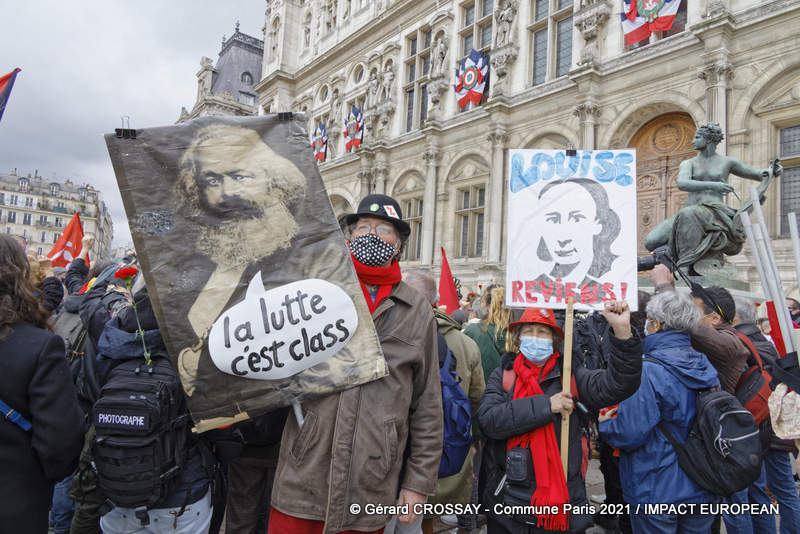
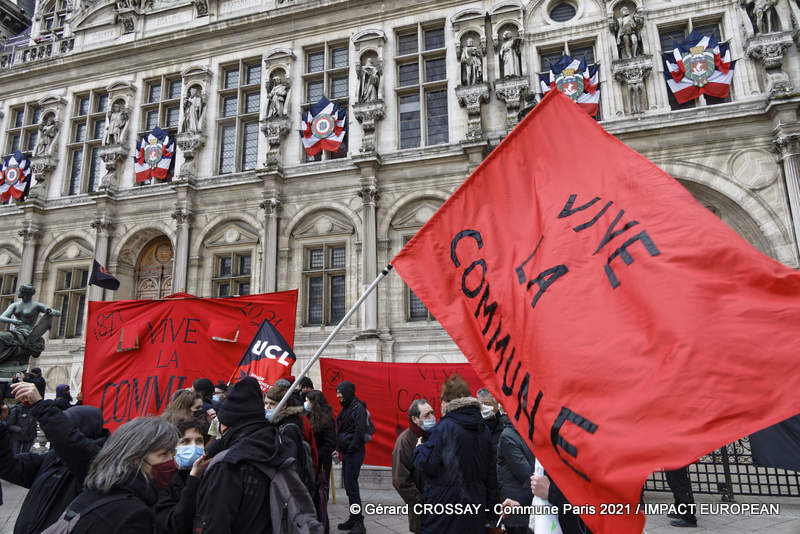
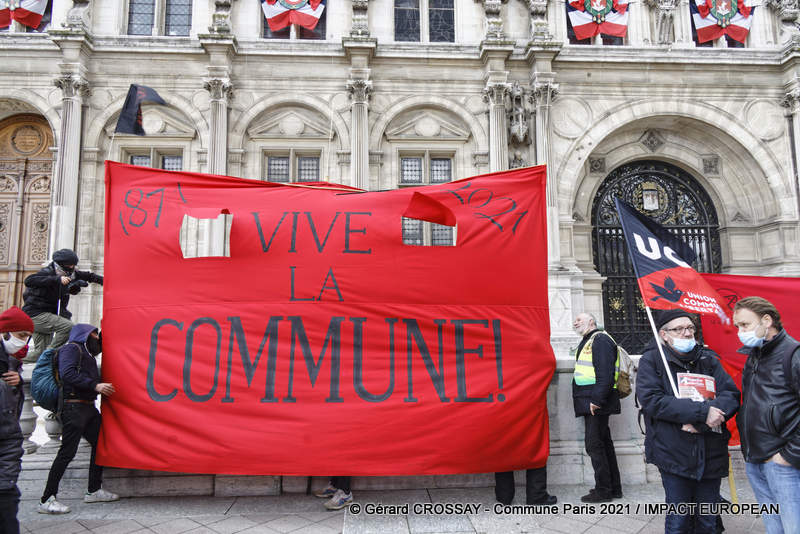
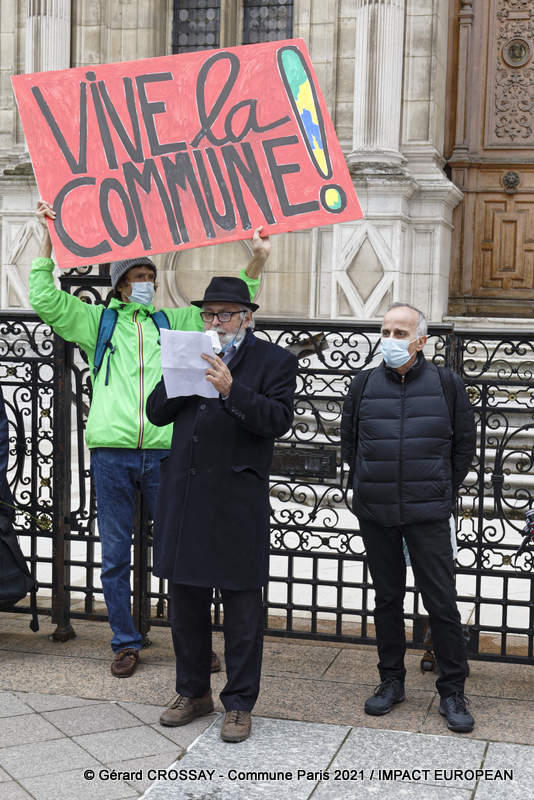


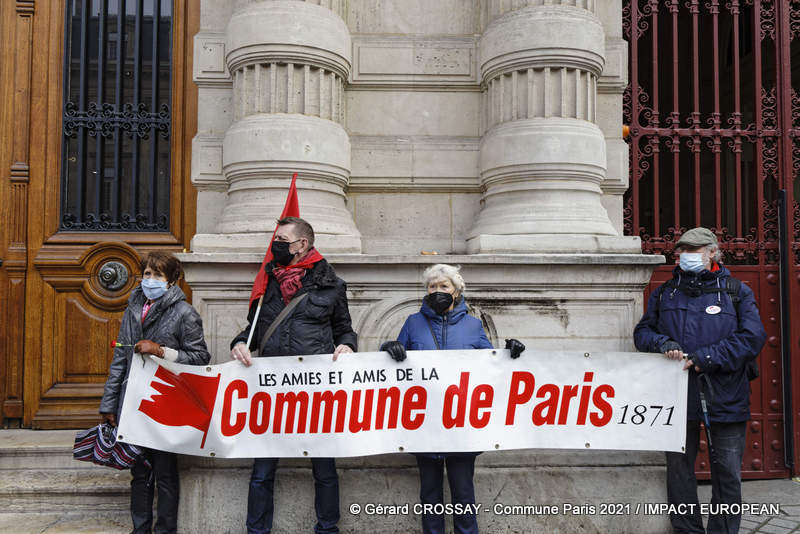
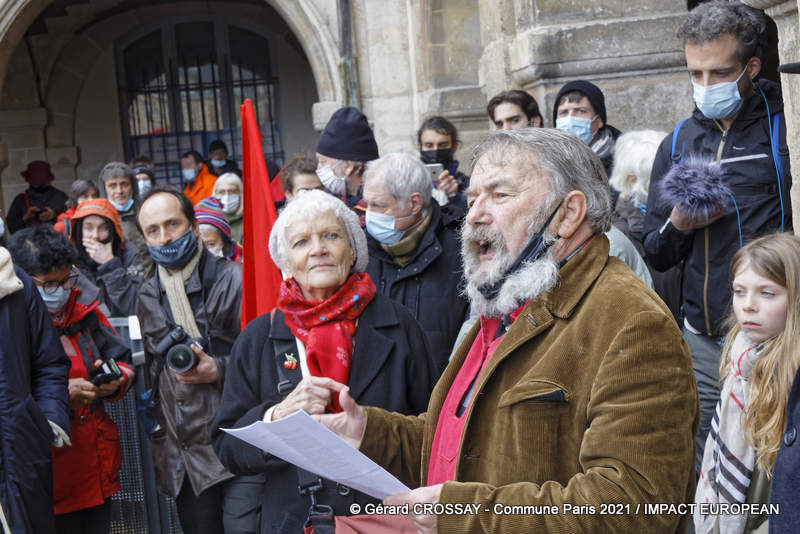
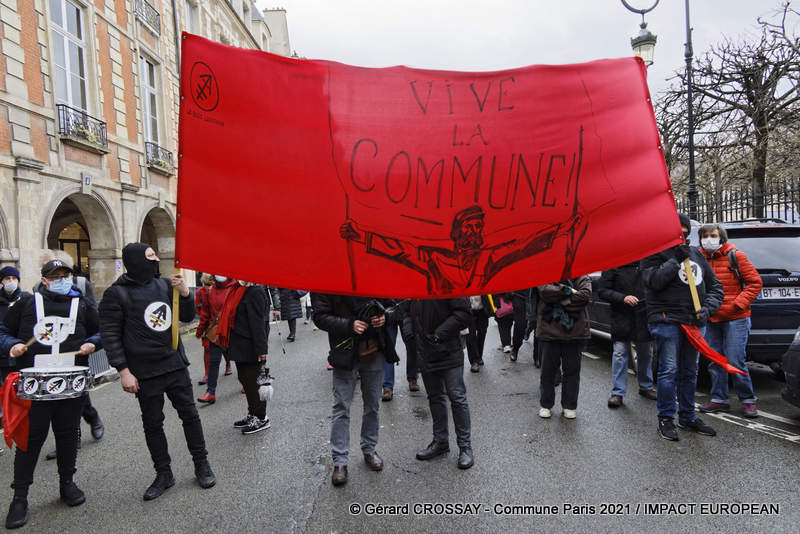
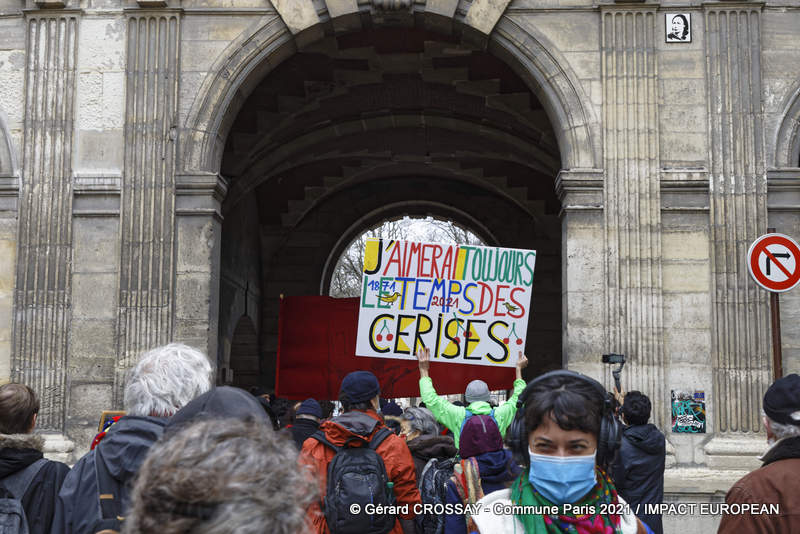

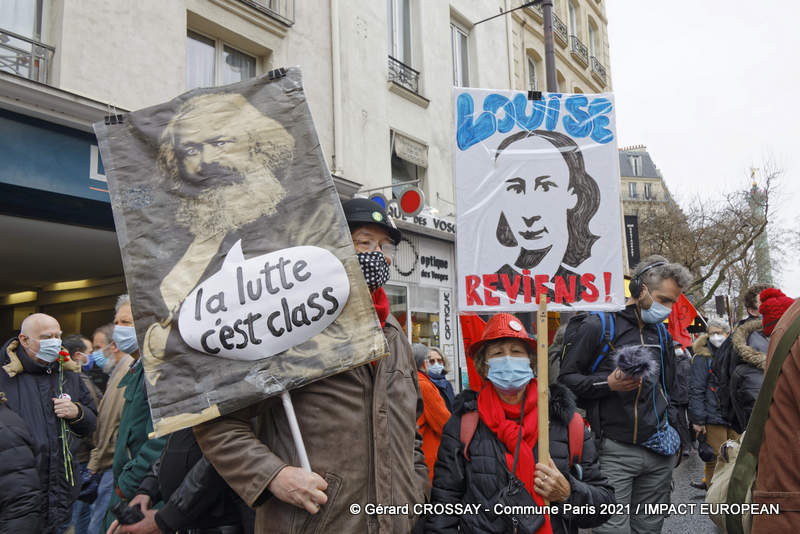
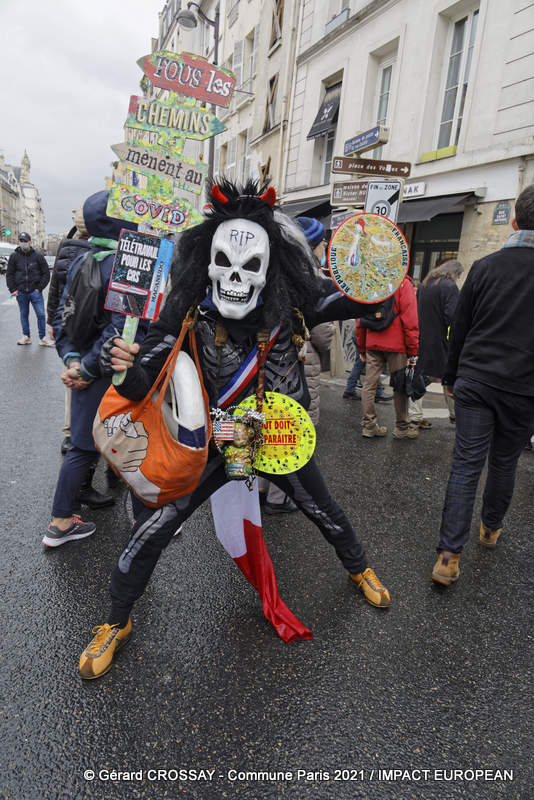
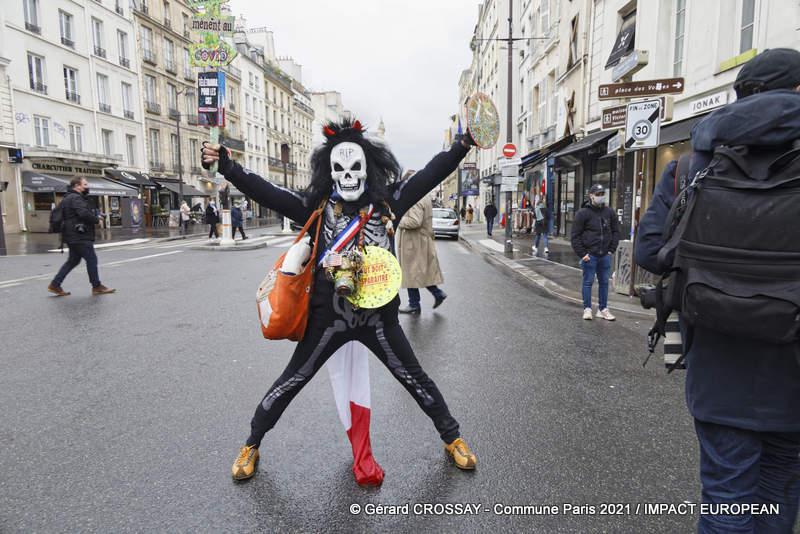

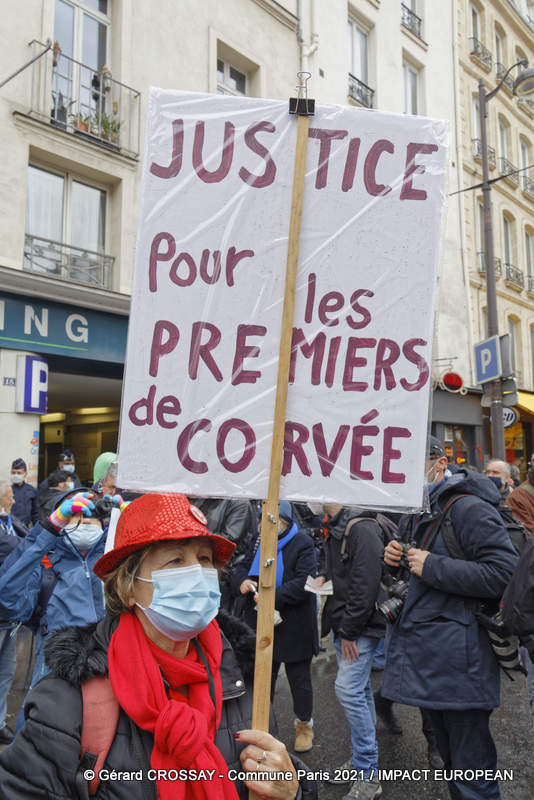
More Stories
METAL D’ALCOVE, the workshop of Eric KATZ, lighting sculptor in Montmartre
Paris Marathon 2024: Victory for Ethiopians at the Paris marathon
Gelsomina